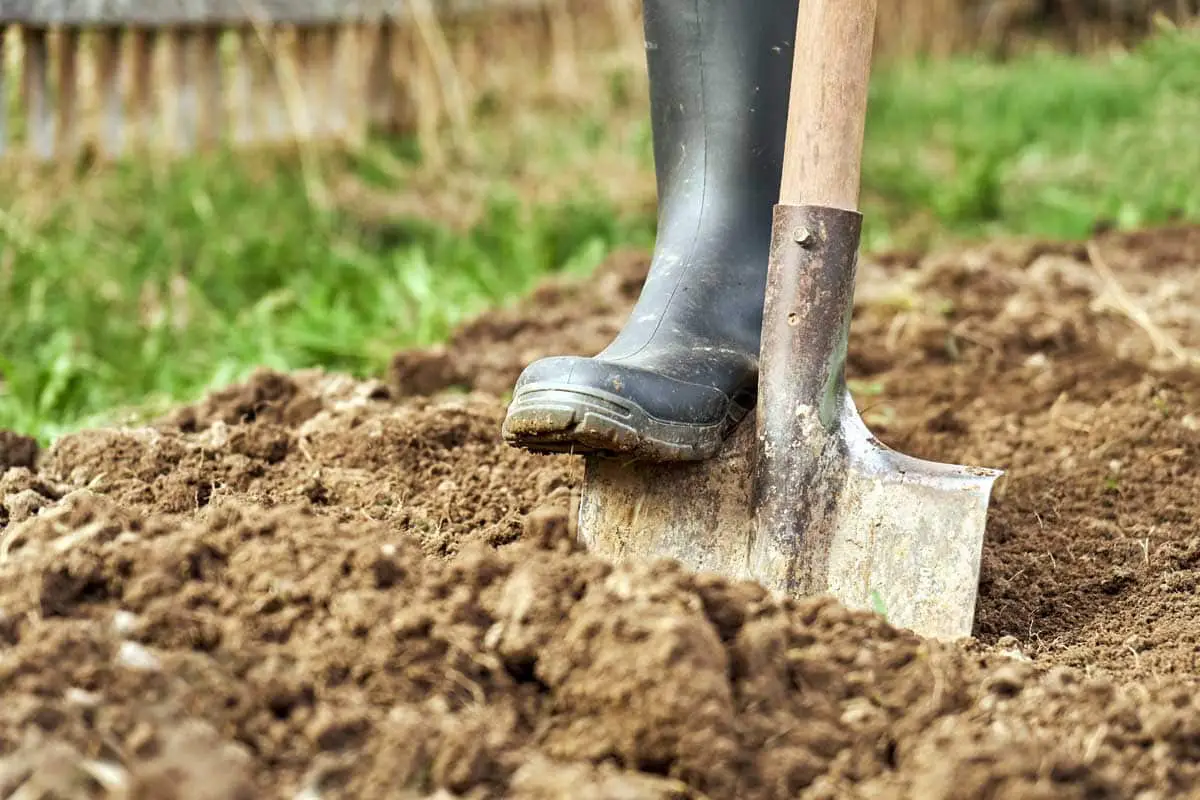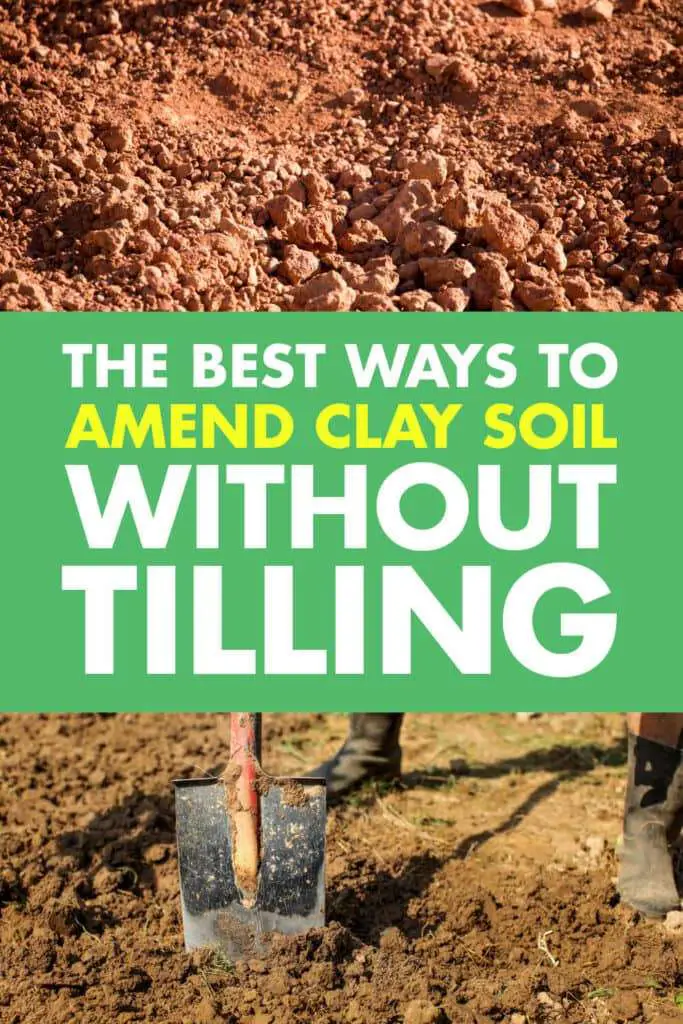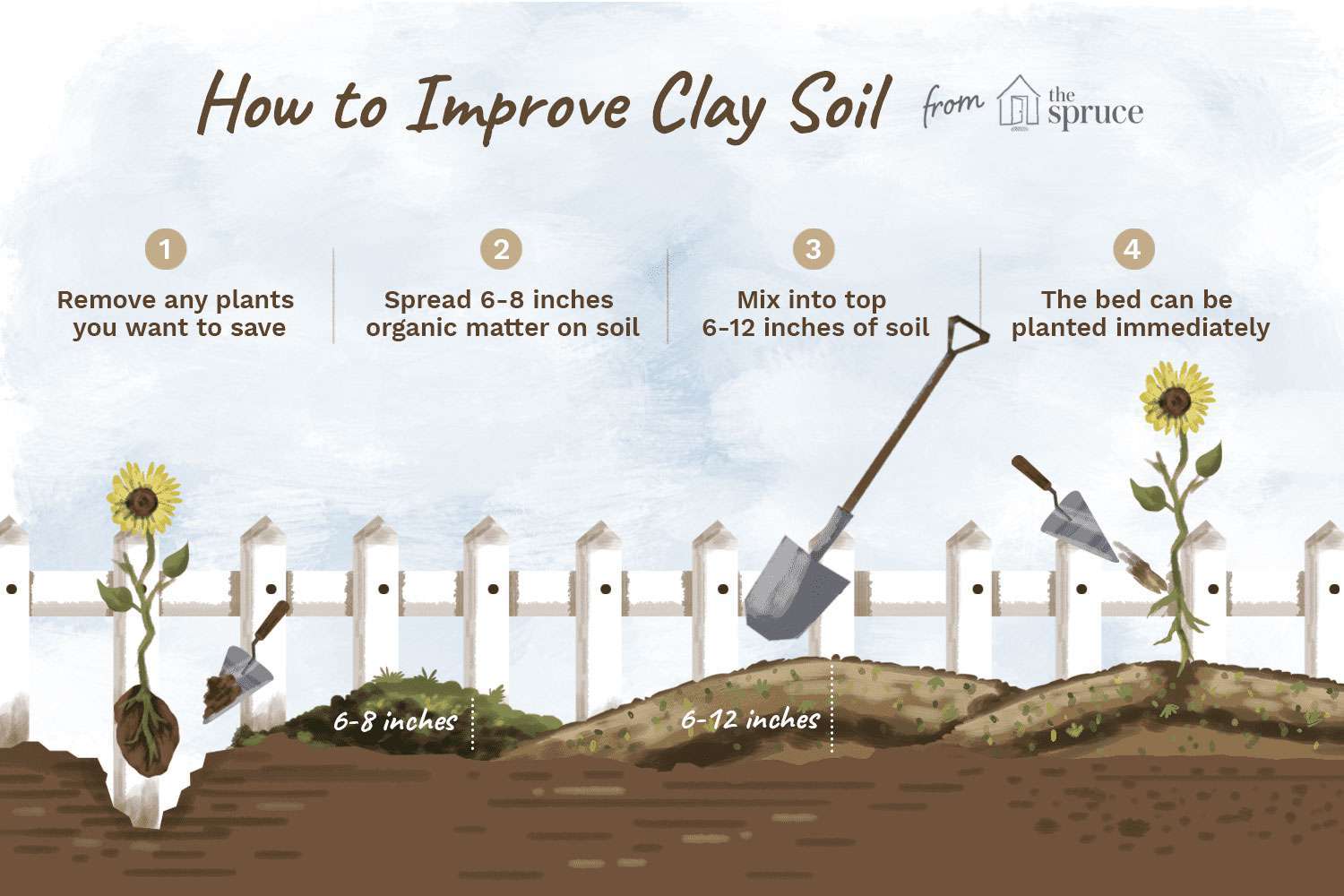If you’re struggling with clay soil in your garden, you’re not alone. But don’t worry, there are effective methods to amend clay soil without the need for tilling. First, it’s important to test your soil to determine the clay percentage, as this will help you choose the most suitable method. Growing plants, aerating the soil, and using top layer dressing are all effective ways to improve clay soil. Mulching can also help protect the soil and encourage beneficial microorganisms. Additionally, using a soil aerator or deep core aeration can greatly enhance the structure of clay soil. Another method involves shading the soil and mounding it with organic matter. Both worms and cover crops can play a vital role in amending clay soil. Finally, adding organic matter, creating raised beds, and applying mulch are all beneficial practices for clay soil. Remember, tilling clay soil is not recommended, as it can further compact the soil. With the right methods and care, you can successfully amend your clay soil and create a thriving garden.
Methods for Amending Clay Soil Without Tilling
Clay soil can be a challenging type of soil to work with due to its dense, compact nature. However, by utilizing different methods, you can amend clay soil without the need for tilling. These methods are not only effective but also help improve the soil structure and promote healthy plant growth. Before diving into these methods, it’s crucial to understand the importance of soil testing, which provides valuable information about the percentage of clay in your soil.
Importance of Soil Testing
Before you start amending your clay soil, it is crucial to conduct a soil test to determine its composition accurately. Soil testing will help you identify the percentage of clay in your soil, providing valuable information that will guide your soil amendment efforts. By understanding the clay content, you can select the most suitable methods for improving your soil and ensuring the best results for your plants.
Growing Plants
One of the most effective methods for amending clay soil without tilling is by growing plants. Certain plant species, such as cover crops, can help break up the compacted clay and improve the soil structure. These plants have deep roots that penetrate into the soil, creating channels for water and nutrients to reach deeper layers. Additionally, the roots of these plants add organic matter to the soil as they decompose, further enhancing its structure and fertility.
Aerating the Soil
Aerating the soil is another excellent method for amending clay soil without tilling. Soil aeration involves creating small holes or channels in the soil to improve its drainage and allow for better air circulation. One way to aerate clay soil is by using a soil aerator, a tool specifically designed for this purpose. The soil aerator penetrates the compacted clay, creating channels that allow water, air, and nutrients to reach the plant’s roots more effectively.
Using Top Layer Dressing
Another method for improving clay soil without tilling is by using top layer dressing. This technique involves adding a layer of compost or organic matter to the top of the soil. The organic matter helps improve soil structure and fertility by increasing its ability to retain moisture, enhancing drainage, and promoting the growth of beneficial microorganisms. By regularly applying top layer dressing, you can gradually amend your clay soil and create a more favorable environment for plant growth.
Mulching Clay Soil
Mulching is a widely used method for amending clay soil without tilling. By applying a layer of mulch to the soil’s surface, you can protect it from erosion, conserve moisture, regulate soil temperature, and encourage the growth of beneficial microorganisms. Mulch also breaks down over time, adding organic matter to the soil and improving its structure. Common mulch materials for clay soil include wood chips, straw, shredded leaves, and compost.

Improving Clay Soil Structure
Improving the structure of clay soil is crucial for successful gardening. By addressing the compacted nature of clay soil, you can create a more hospitable environment for plant roots and ensure the proper circulation of water, air, and nutrients. Here are some methods that can help improve the structure of clay soil without tilling.
Soil Aerator
Using a soil aerator is a highly effective method for improving clay soil structure. The soil aerator features long spikes or tines that you push into the ground. These spikes create small channels or holes in the soil, loosening the compacted clay and allowing for better drainage and root penetration. Regular use of a soil aerator can gradually improve the structure of clay soil and promote healthier plant growth.
Deep Core Aeration
If your clay soil is severely compacted, you may opt for deep core aeration. This method involves using a tool or machine that removes plugs of soil from the ground, creating larger channels for air, water, and nutrients to penetrate the soil. Deep core aeration is particularly beneficial for clay soil as it helps break up the compacted layers and encourages root development in deeper soil regions.
Shading the Soil
Providing shade to clay soil can help prevent excessive drying and cracking, which are common issues in hot and arid climates. You can create shade by placing light-colored covers, such as sheets or shade cloth, over the soil. By shading the soil, you reduce evaporation and minimize moisture loss, allowing the clay to remain more malleable and workable. This method can be especially useful during the initial stages of amending clay soil.
Mounding with Organic Matter
Another effective method for amending clay soil without tilling is mounding the soil with organic matter. This technique involves adding compost or other organic materials to specific areas or raised beds in your garden. By creating mounds or raised areas enriched with organic matter, you can improve soil drainage and aeration while enhancing fertility and nutrient availability. Mounding with organic matter also creates a more favorable environment for plant roots to grow and thrive.
Using Worms
Worms are natural soil engineers that can significantly improve the structure of clay soil. They burrow through the soil, creating pathways that allow for better aeration and water infiltration. Additionally, worms consume organic matter, such as decaying leaves and plant debris, and excrete nutrient-rich castings that enhance soil fertility. Introducing worms, such as red wigglers or earthworms, to your clay soil can help break down compacted layers and improve its structure over time.
Other Effective Methods for Amending Clay Soil
Apart from the methods mentioned above, several other techniques can effectively amend clay soil without tilling.
Cover Crops
Planting cover crops is a proven method for improving clay soil. Cover crops, such as clover, rye, and buckwheat, help break up compacted clay and add organic matter to the soil when they are turned under or mowed down. These plants also protect the soil surface from erosion, suppress weed growth, and attract beneficial insects. When the cover crops are ready to be incorporated into the soil, they can be mowed or tilled under, allowing their biomass to enrich the clay soil.
Adding Organic Matter
Adding organic matter to clay soil is vital for improving its structure and fertility. Organic matter, such as compost, decomposed leaves, and well-rotted manure, helps break apart the compacted clay, allowing for better drainage and aeration. It also provides essential nutrients and beneficial microorganisms that promote healthy plant growth. Regularly incorporating organic matter into your clay soil will gradually amend its structure and create a more suitable home for your plants.
Creating Raised Beds
Creating raised beds is another effective method for amending clay soil without tilling. Raised beds provide better drainage and aeration, preventing waterlogging and compaction. By filling the raised beds with a mixture of organic matter, compost, and sand, you can create a more favorable environment for plant growth. Additionally, raised beds allow you to control the soil quality and make it easier to manage clay soil by separating it from the unaffected native soil.
Applying Mulch
Mulching is a simple yet effective method that can significantly benefit clay soil. By applying a layer of mulch, such as wood chips, straw, or shredded leaves, to the soil surface, you can conserve moisture, reduce weed growth, and regulate soil temperature. Mulch also breaks down over time, adding organic matter to the soil and improving its structure. Regularly replenishing the mulch layer will contribute to the gradual amendment of clay soil.

Reasons to Avoid Tilling Clay Soil
While tilling is a common practice in gardening and soil preparation, it is not recommended for clay soil. Tilling clay soil can have negative consequences and further compact the soil, making it harder for plants to thrive. Here are two reasons why you should avoid tilling clay soil.
Soil Compaction
Tilling clay soil can lead to compaction, the opposite of what you want to achieve when amending soil. Tilling breaks up the soil structure, disrupting the natural channels and aggregates that allow air, water, and plant roots to move freely. The weight of tilling equipment and repeated passes can cause the clay particles to pack tightly together, resulting in increased soil compactness.
Loss of Soil Structure
Clay soil has a unique structure that consists of small, tightly packed particles. Tilling disrupts this structure and breaks down the aggregates that give clay soil its texture and water-holding capacity. As a result, tilling clay soil can lead to the loss of its natural structure, making it more difficult for plant roots to penetrate and obtain the necessary nutrients and moisture.
By avoiding tilling and implementing the methods mentioned earlier, you can successfully amend clay soil and create a thriving garden. Understanding the importance of soil testing, selecting suitable plants, aerating the soil, using top layer dressing, mulching, and other organic practices will help you achieve the best results. With patience and consistent effort, your clay soil can be transformed into a fertile and nutrient-rich substrate for healthy plant growth.





